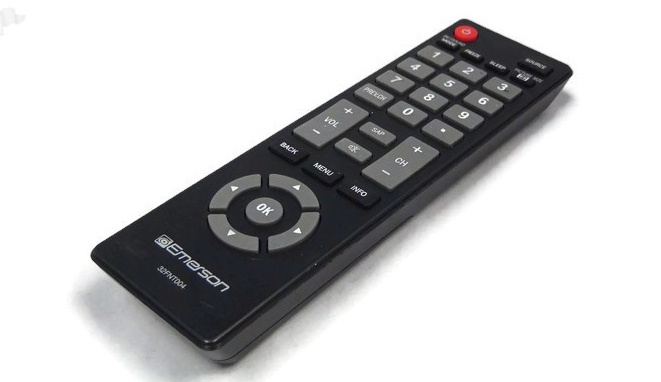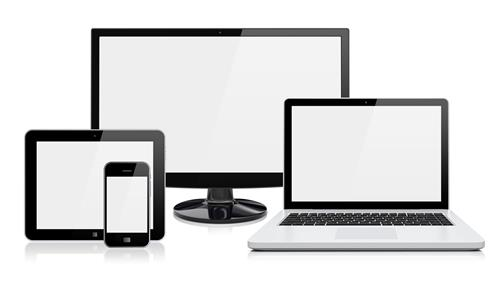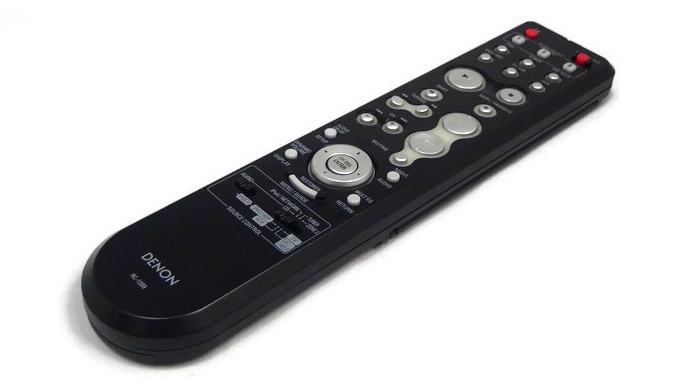If you are in the market for this Denon RC1104 A/V Receiver Remote Control, we have them here in stock at www.ReplacementRemotes.com. This is the brand new OEM remote from Denon, we offer a 60 day warranty and a guaranteed return policy as well. No programming required, just install new batteries and your all set. Call today and make your order, 336 924 8787.
Month: March 2016
SAMSUNG AA5900665A TV Remote Control – www.ReplacementRemotes.com
If you are in the market for this Samsung AA5900665A TV/Keyboard Remote Control, we have them here in stock at www.ReplacementRemotes.com. This is the brand new OEM remote from Samsung, we offer a 60 day warranty and a guaranteed return policy as well. No programming required, just install new batteries and your all set. Call today and make your order, 336 924 8787.

EMERSON 32FNT004 TV Remote Control – www.ReplacementRemotes.com
If you are in the market for this Emerson 32FNT004 TV Remote Control, we have them here in stock at www.ReplacementRemotes.com. This is the brand new OEM remote from Emerson, we offer a 60 day warranty and a guaranteed return policy as well. No programming required, just install new batteries and your all set. Call today and make your order, 336 924 8787.

4 Ways Technology Changed the TV Landscape
TV has undergone many changes since the first black and white sets were sent to market. Here are 4 of the biggest technological changes to TV over the decades:
- Mass production – The first television signals were being broadcast in the 1930s, but the TV didn’t become a common item in American homes until 1948, when mass production began. In 1939, there were less than 1,000 TVs in use. By 1953, there were 25,233,000.
- Cable – The widespread adoption of cable TV in the 70s, 80s, and 90s dramatically expanded the number of channels available to people in their homes and led to the creation of boutique, pay-for-access channels like HBO. The growth of cable also coincided with the start of MTV, which brought a pop culture revolution straight into American living rooms.
- TiVo – In the age of streaming and smart TVs, it’s hard to remember what a dramatic change TiVo was from the TV status quo. Before TiVo, people had to either catch a show right as it aired, or hope that the cassette in their VCR didn’t run out of tape. Suddenly, people had the ability to digitally record shows and store them in perpetuity. Within a few years, they could even record on two channels at once.
- Social media – While sites like Twitter and Facebook didn’t change TV directly, they did change the way people talk about and experience television. Instead of waiting until the next day to talk about a show at work, people can share their reactions to a show as it airs, and potentially reach millions of people in the process.
Need a replacement TV remote? Visit Replacement Remotes today or call 855-5-REMOTE for the best remotes and home entertainment accessories on the market.
Sources
Finding the Right Device for Your Streaming Setup
TV has entered the streaming era, and many people are cutting the cable cord and turning exclusively to Netflix, Hulu, and other on-demand services. To help facilitate the change, many companies now sell streaming boxes and streaming sticks that bring these channels right to your TV screen, but which one of these devices is the best? There are many to choose from, but three in particular come with a distinct set of advantages:
- Roku 3 – There are at least 17 different types of streaming boxes on the market, but the Roku is probably the best of them all. One of the main advantages of the Roku is that it doesn’t prioritize streaming channels, and it lets you set the order you want your channels in, unlike the streaming products made by companies like Amazon that have channels and products to promote. The interface is also very easy to use and gives you a large selection of streaming channels to choose from. One downside: It can sometimes be slow, especially right after the TV is turned on. Roku also makes a streaming stick; it’s a bit slower, but it’s cheaper.
- Chromecast – Chromecast is fast, is easy to use, and has a large number of channels to choose from. Unfortunately, some in-demand channels aren’t available, such as Amazon, Starz, and Encore. It balances that out with an increasing number of apps and add-ons. The streaming stick is also cheaper than a Roku box.
- Fire TV – The main benefit of Amazon’s Fire TV is that it gives full access to Amazon Prime, including music streaming and lots of free videos. What it doesn’t have, however, is the same number of apps available for Chromecast or the sheer number of channels available through Roku.
If you don’t mind some occasional slowness, and you want the most channels, Roku is the best choice. If you mostly just use Amazon, Fire TV is the obvious pick. If you like being able to customize your device with apps, Chromecast is the one for you.
Order top of the line remote controls from Replacement Remotes today. Give us a call at 855-5-REMOTE.
